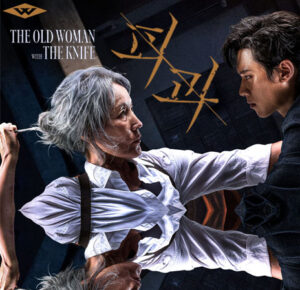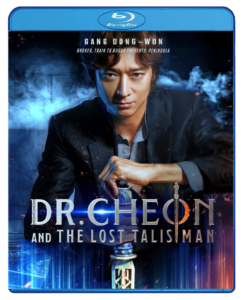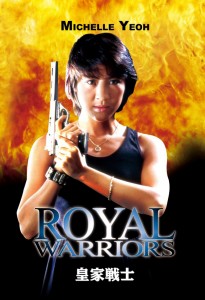In the fast-paced realm of cannabis consumption, THC disposable vapes have skyrocketed in popularity for their convenience, discretion, and a wide array of flavors and strains.
Whether you’re a seasoned cannabis connoisseur or a newcomer, diving into the multitude of options with disposable vapes promises an exhilarating adventure.
This article immerses you in the captivating universe of THC disposable vapes, exploring the rich tapestry of flavors and strains designed to tantalize every taste bud.
Ready? Let’s begin!
Understanding THC Disposable Vapes
Let’s talk about THC disposable vapes before we explore all the different flavors and strains. So, what exactly are they?
Well, these handy devices usually have a battery, a heating element, and a pre-filled cartridge with THC liquid. You just take a puff, the heating element kicks in, and you’re inhaling that THC goodness.
What’s cool about disposable vapes is you don’t need to worry about charging, refilling, or any complex setups. They’re perfect for folks who want a simple and discreet way to enjoy THC without the fuss of traditional methods.
Exploring a Symphony of Flavors
One of the most enticing aspects of disposable vapes is the vast array of flavors available. Cannabis connoisseurs can now enjoy a symphony of tastes, ranging from fruity and sweet to earthy and herbal. The infusion of terpenes, the aromatic compounds found in cannabis, plays a significant role in creating these diverse flavors.
Fruity Delights
For those with a sweet tooth, disposable vapes offer a plethora of fruity options. Strains like Blueberry Kush and Strawberry Cough provide an explosion of fruity goodness with each inhale.
The smooth and flavorful experience of these vapes allows users to indulge in a tropical paradise or a berry-infused delight without the need for combustion.
Earthy and Herbal Undertones
If you prefer a more grounded and herbal experience, strains like Mushrooms by Exoclub might be your go-to choice. These vapes incorporate earthy undertones and a robust herbal flavor profile, providing a unique and authentic cannabis experience.
It stands out as a unique flavor, blending earthy undertones with a hint of sweetness, this innovative creation takes inspiration from the world of mushrooms, providing a distinct and memorable vaping experience. The richness of these flavors adds an extra layer of sophistication to the vaping experience.
Sweet and Creamy Varieties
For those who enjoy dessert-like flavors, disposable vapes have something special to offer. Strains such as Cookies and Cream or Vanilla Kush tantalize the taste buds with sweet and creamy notes.
The indulgent experience is reminiscent of your favorite dessert, making it a delightful way to unwind and enjoy the therapeutic effects of THC.
Minty Freshness
For a crisp and invigorating sensation, mint-flavored THC disposable vapes are a go-to option. Peppermint, spearmint, and menthol variations provide a cooling effect that can be particularly enjoyable, especially for those looking for a palate cleanser or a refreshing break from the ordinary.
Plus, the minty freshness can also help soothe any throat irritation that may come from vaping, making it a win-win for both taste and comfort.
Classic Options
For those who prefer classic flavors, THC disposable vapes still have you covered. Strains such as Northern Lights or OG Kush offer a more earthy and piney taste, perfect for those who enjoy the herbal side of cannabis. These vapes provide a smooth and mellow experience, with just the right amount of flavor to satisfy any palate.
Exotic Explorations
Enter the realm of exotic flavors with disposable vapes that mimic the taste of your favorite cocktails, spices, or even unique combinations like lavender and chamomile. These new and adventurous options are for users who want more than the standard cannabis experience. They add sophistication to each puff.
Navigating the Strain Spectrum
Apart from flavors, the strains used in THC vapes contribute significantly to the overall experience. Cannabis strains have different potency levels of cannabinoids and terpenes. This causes distinct effects on mood, energy, and relaxation.
Indica Dominant
THC disposable vapes also come in a variety of strains, each offering distinct effects on the mind and body. Indica-dominant strains are known for their relaxing and sedative properties.
They are ideal for evening use or for winding down after a long day. Users seeking relief from insomnia or stress often find comfort in the calming effects of Indica strains.
Sativa Dominant
Sativa-dominant strains provide an energizing and uplifting experience. They are on the opposite end of the spectrum.
These vapes are popular. They are for those looking for a daytime boost.
They enhance creativity and focus without causing drowsiness. Sativa strains are often linked to a euphoric, cerebral high. This makes them a favorite for social and fun activities.
Balanced Hybrids
For a more balanced experience that combines the best of both worlds, hybrid strains are a versatile choice. These vapes offer a mix of indica and sativa genetics, allowing users to tailor their experience based on their preferences. Whether it’s a mellow evening or an active day, hybrid strains provide a well-rounded effect that caters to a wide range of users.
The Future of THC Disposable Vapes
With technology moving fast, THC-disposable vapes are on the verge of exciting new developments! Manufacturers are trying new extraction methods. They are playing with terpene mixes and finding ways to make vaping better.
It’s all about making the vaping experience richer. And for consumers, this means a future full of awesome flavors and strains to look forward to and savor.
The Art of THC Disposable Vapes
So, when it comes down to it, checking out THC disposable vapes is like diving into a tasty and aromatic journey. Cannabis has many flavors and effects from different strains.
You can use them to match your taste. Whether you’re into fruity, earthy, or creamy vibes, THC disposable vapes cater to all preferences.
In the vast world of disposable vapes, the options are wide open. Whether you’re a pro or just getting started, these devices offer a simple and fun way to enjoy cannabis flavors and strains. Just take a hit, unwind, and let the world of THC vapes transport you to a realm of sensory bliss.
And you don’t have to stop here. For additional resources and articles check out the rest of our site.

















3 Comments